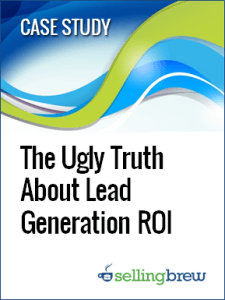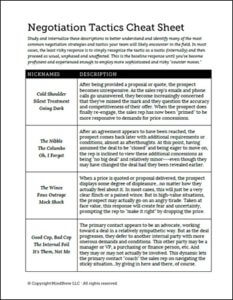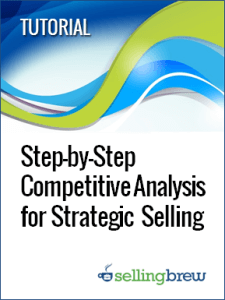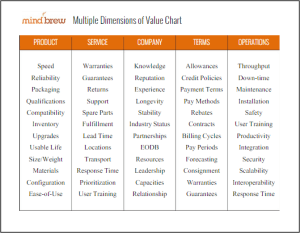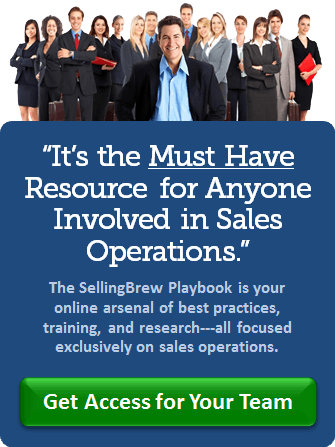Maybe I’m too literal, but I have a problem with describing an end-to-end sales process as a “pipeline”. When you really start thinking about it, it’s just not all that accurate. And I wonder if that label could be doing us all a disservice.
The mental picture that I think most of us have of a pipeline is a long meandering tube that could run for hundreds or thousands of miles to transport something like oil, gas or water. Maybe that mental picture is helpful when imagining the flow of potential deals, but it falls short with a few other important aspects of a sales process.
Optimization: A pipeline will never give you more than you put in.
Your best hope for a good pipeline is to get the same amount of “stuff” from the end as you put in at the beginning. But you can certainly optimize a sales process to give you more. Maybe your current process can take 1000 leads and generate $1 million in sales. Finding ways to optimize conversion and improve the steps in that process could help you double sales from those same leads or even generate more sales with fewer leads.
Path: A pipeline has to follow a fixed route that isn’t changed easily.
Once you’ve spent the time and money to put in a pipeline, the route it follows won’t be changing anytime soon. This makes improvement hard…and a fixed path often means a fixed speed. But a sales process shouldn’t be so immutable. Even a sales process that is performing well likely has room for improvement. Good analysis can show you the steps that could be removed or ways to significantly increase the speed that deals flow through.
Repairs: Fixing a leaky pipeline is not an easy thing to do.
Leaks in a real pipeline are messy and can require you to shut the whole thing down to get inside and fix it. Leaks in a sales process are also very problematic but fixing them doesn’t have to grind your business to a halt. In fact, sales organizations should embrace the flexibility they have to analyze their sales processes and reveal ways to improve the conversation rate of each step.
Again, maybe I’m getting too caught up in the semantics. But whether you call it a pipeline, a funnel, or a process, it’s the way your sales team generates revenue. And chances are, there are ways it can be improved to generate more.
And we have a few tools that can help. One of our guides, How to Improve Your Sales Pipeline Analysis, outlines 12 analysis strategies that help uncover opportunities for sales process improvement in your own business. We also have a popular recorded training session, Beyond Reporting with Sales & Pipeline Analysis, that discusses best practices that sales operations are using to shift their mindset beyond reporting and embrace the power of their sales data.

